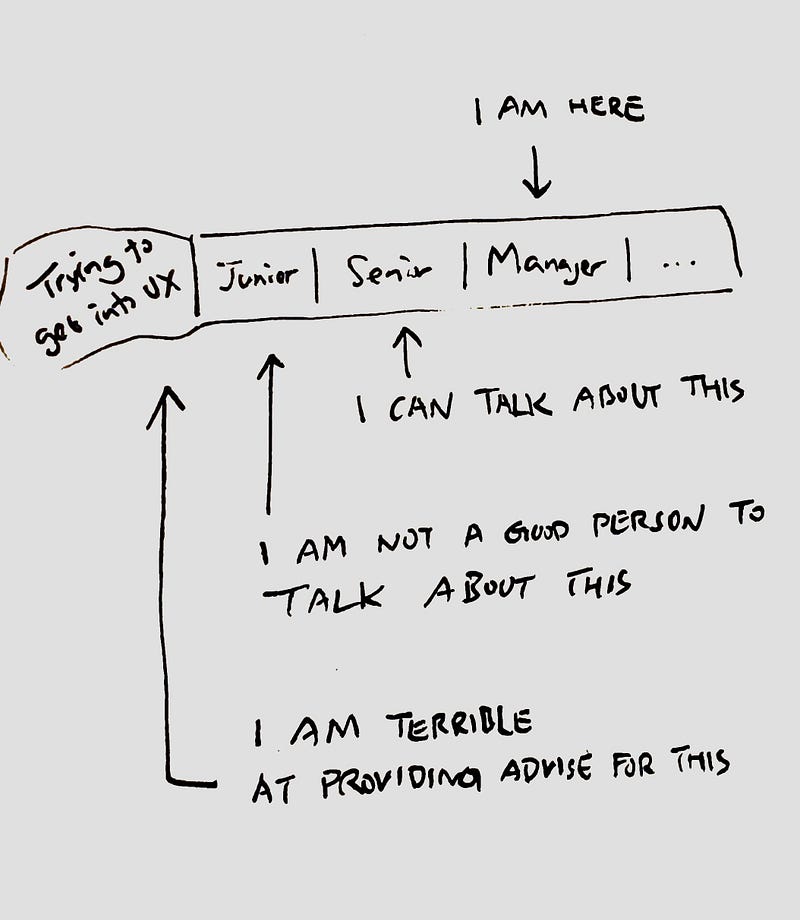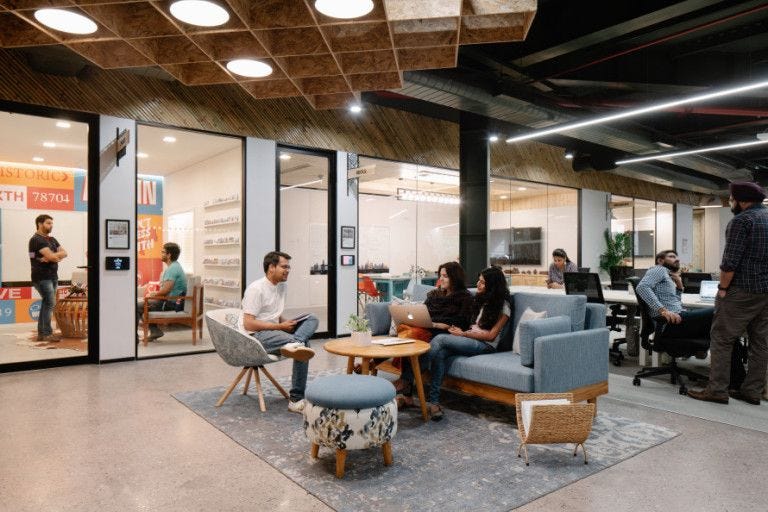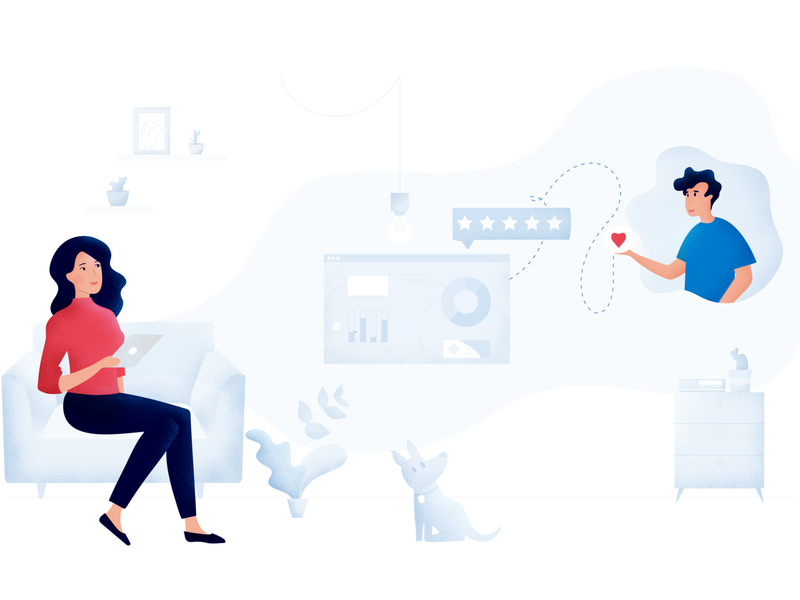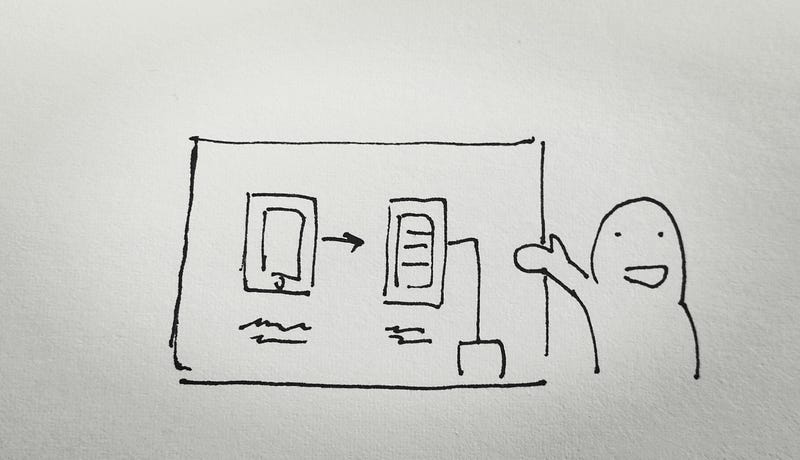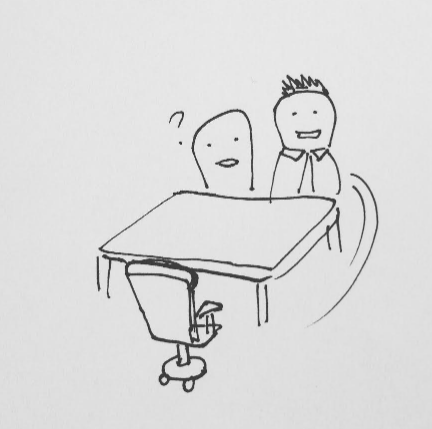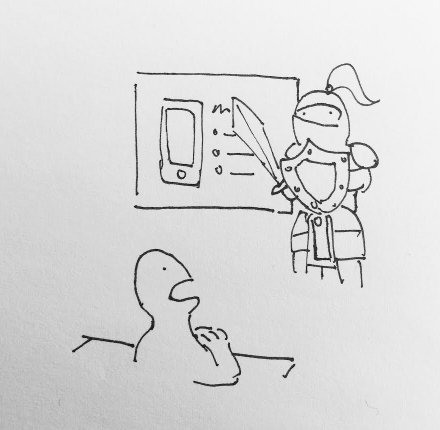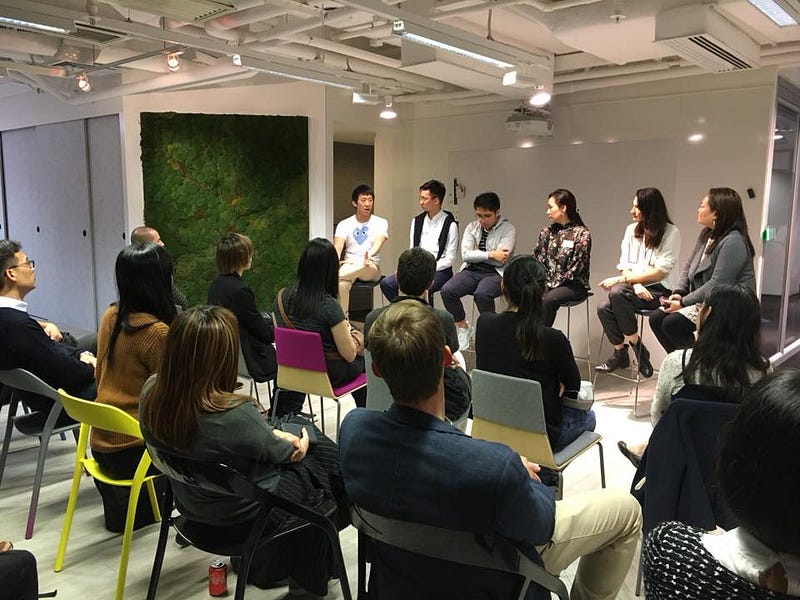I was invited as one of the panelists to my friend Michael Tam (Global Design Director @ IBM iX)’s experience design course to share my industry experience with a group of UX students. Michael had sent me a list of questions beforehand and I have written down the answers I prepared. I thought it would be quite interesting to share it here because I always see myself as a better writer than a presenter!
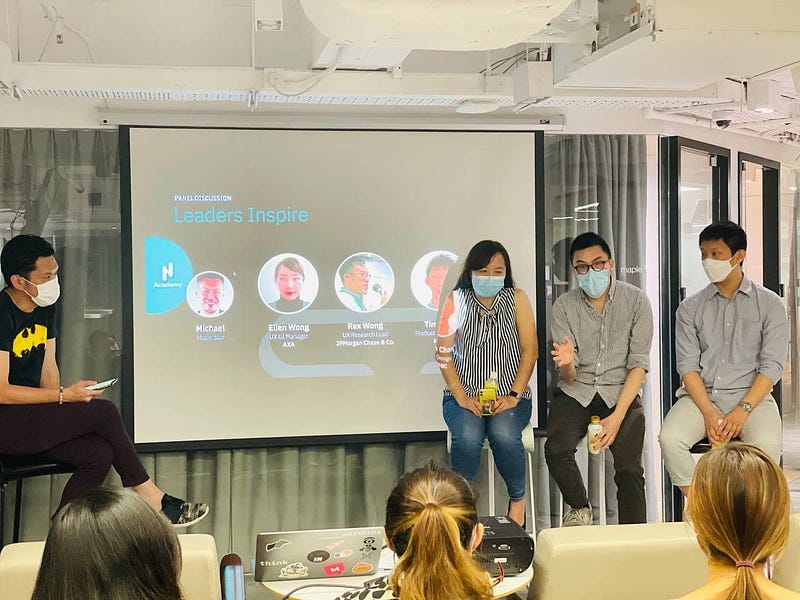
How did you first enter into Expereince Design?
I wrote about that in my old post here.
Tips on First Steps/Interviews
First step is to acquire the knowledge you need. For me, the most effective way of doing this is by doing 2 things right — Read books & Ask smart questions.
Read — A lot of UX leaders before our time has put in the time to condense their lifetime learning into a consumable format, just read it! When I speak to a lot of wannabe UX designers, it amazed me how few people are willing to spend the time to absorb the knowledge that will actually help them get a job, most are just looking for a shortcut to get into UX. Let me be very clear, taking 1 or 2 courses DOES NOT make you a qualified UX designer. The lack of basic UX knowledge is the main reason UX students is not able to define the problem they are trying to solve clearly or are trapped into solving the wrong problems. If you are solving the wrong problem, it doesn’t matter how good your UI or prototype is.
Ask smart questions — This requires you to have the self-awareness of understanding the difference between:
- Things you don’t know the answer to and would be able to figure out on your own vs…
- Things you don’t know the answer to and would not be able to figure out on your own even if you try.
Never ask questions that you can figure out on your own. Senior designers like to help people in their shoes, but you should also respect their time. A good question demonstrates that you have done the work to try to find answers in the first place and had put in the time to think about the specific kind of help you needed.
Bad question: I have no design background, how can I become a UX designer? (JUST GOOGLE IT????)
Good question: I am a marketer who recently took a UX design course and is very eager to become a UX designer. I am keen to position my knowledge in planning marketing activities as a way to stand out to future employers that I understand service design and am able plan user activities. I am wondering if you were in my shoes, am I doing the right thing, if not, what would you do differently?
If you could go back in time, what’s the one thing you’d tell/change your younger self?
I would leave the start-up job early because I reached my plateau very quickly and I felt too comfortable. I would also be more consistent about writing and sharing about UX because writing helps bring me clarity on my thoughts, and it also helps to demonstrate my expertize and establish a personal brand.
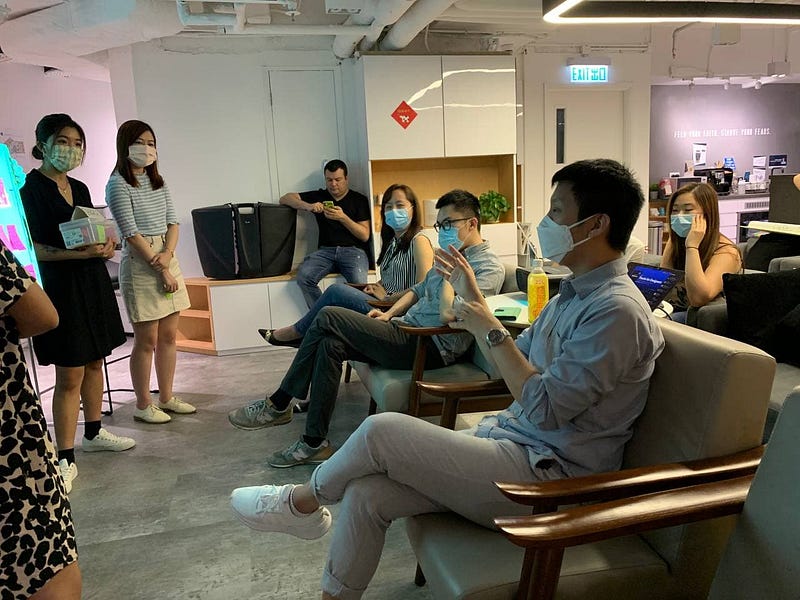
How to Plan a Successful Career in this Industry
Have a clear defined action plan on how to reach the next step in your career. Lets say you want to be a senior designer, how? Well, you need to find out what companies are looking for in a senior designer. Learn what senior designers do, learn how to do that thing and do it. Do online research on jobs ad and identify what are the gaps between skills you have vs what soft/hard skills is needed for the next step, then come up with a detailed plan (I recommend monthly) on how to close that gap.
Show the plan to you boss and invite them to be part of the process, most importantly, make them accountable. Say something like “I plan to be a senior designer in 2 years time, here is the plans I came up with that can help the company, the design team and myself grow, is there anything you would like to edit?”. Then, update them constantly during your regular catch up meetings. When the time comes, it is very hard for them to say no to you for the promotion when you have met the criteria you set together with your boss.
What are some of the best moves you have seen some young designers have made?
The best young designers I have seen have a strong personal brand, they made themselves stand out among others. They…
- Share their lessons learned along the way — Who are you and what is your story? For example “I am an auditor turned UX designer” will be an interesting one (Listen to my podcast if you haven’t already). Make sure you communicate your story clearly in your Linkedin, your portfolio, and every other form of communication! Start sharing everything you learn in the UX bootcamp on every social media as much as possible (read this book). Linkedin, articles on Medium, your own blog, Twitter, Instagram stories and whatever you can think of. Not many people do this, it takes hard work and it is preciously why you should do it because it helps you get noticed, it shows that you are driven.
- Built a strong network and add value to the community — Contributing to the local UX community and offering your help in their events. Winners always want to help winners. Let people know you are interested in UX for real, not just some wannabe that is slightly interested in UX and wasting everybody’s time. Start inviting people out for coffee or on Zoom calls. If people see that you are committed and driven, they will remember you and who knows? You might meet your future manager or employer in the design group, if they like you, they will also refer to their hiring manager friends, this happens all the time.
Experience Design & Business
How did you learn to define the real (design/or not) problems for a client/business?
If the problem is real, people will find a workaround or a hack to do that thing. Microsoft Excel team just looks at what popular macros people are creating and they will get a list of burning painpoints. If it is a good to have or not a real pain-point, people won’t do anything about it.
Tips on handling non-designers’ challenging me?
Different situation requires different strategy to handle. My quick tip is to assume good intention from stakeholders and take the time to listen to the question behind the question.
Are they asking you because they have their own agenda? Are they saying things just because they want to sound smart? Are they genuinely interested? Or do they want to do this as a power play (boss want to show who is in control)?
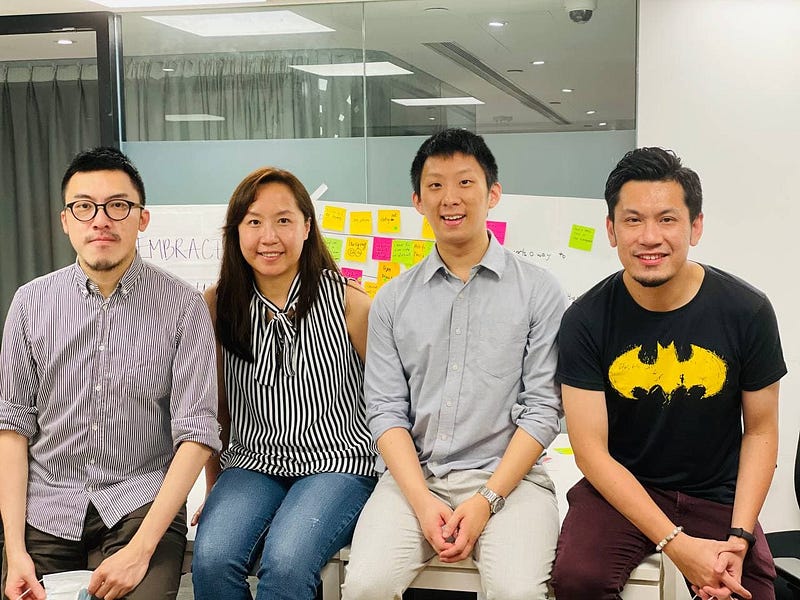
Do you think you have imposer syndrome?
All the time. I had it every step of my design journey, from before I got a UX job, I felt like a fraud, to when I actually got a job, all the way to getting a promotion as a UX manager to lead, I constantly feel like I am winging it.
Over time though, I started to “become comfortable being uncomfortable”, this means I expected it — imposer syndrome is like my old friend. The sign of having imposer syndrome means that I am growing in the right direction that I needed. If I don’t feel it occasionally, I might not be pushing myself hard enough or the job doesn’t offer me enough challenge.
I talked about imposer syndrome in early days of the career with my friend Anindita Saha (Service Design Lead at HSBC) in my podcast. Below is a transcript of what we talked about:
I remember I had written my CV…my very short CV at the time, on the top of my CV, I’ve written my name. In the second line, was supposed to say User experience designer. I remember I wrote down “user experience designer”, and then deleting it. Then writing it again, and deleting it. I was going back and forth about writing it. It took me 2 weeks to write down “user experience designer” and save it as a PDF.
This was 2012 in Hong Kong, UX was not a big thing yet. No one really knows what it is but I knew I needed to write it because if I didn’t, people will be very confused as to what I was trying to do. I felt like such a fraud, writing those words — user experience designer — second line of my CV, because I didn’t feel like I had enough experience to write those words down.
When I sent out my first job application, I was terrified. I had the impostor syndrome like “Oh my God, I’m writing this word down and what if I don’t live up to that terminology? What if I’m not embodying this term the way that it’s expected if someone actually interviewed me or even give me a job?”
I was terrified, but I had two minds. I had my terrified side of me and I had the logical side of me. The logical side of it was “if you don’t write this down, no one is going to know that you want this job, and then they can figure out whether you can do the job or not.”
It was really hard because normally what’d you put on your CV, is first you interviewed for that company and if you got the job, you got a title. Then you can put that title in your CV. For us, we have to make up our own title. We haven’t actually worked on a real job as a UX designer, so it was a very terrifying experience because we’re used to somebody else giving us that title, someone else giving us that label. Like you are this rather than us saying to ourselves, I am a [fill in the blank].
I think this is what we need — every individual needs to be able to say “I am this” not because somebody else tells me that I am, but because I know that I am, or at least I believe that I am. I want to be this, and you work towards that. If you want to be that person, you need to say it to yourself. It’s not something that we’re taught to do, we’re told we are something because somebody tells us that we are, and that’s wrong.
Future Trends in Experience Design
Where do you see the industry is going? How shall I get myself ready? Where do you see your future self would venture into?
I can’t predict trend, if I could, I would have already be rich with the bitcoins I should have bought! With that said, I think we should all focus on having a strong foundation ready such that whatever the “new big thing” is coming, we will be in the position to apply our knowledge to it.
If that answer doesn’t satisfy you and you are the kind of person that like to chase trend, another way I would answer this is you can start to pay attention to job boards occasionally to get a sense of what is coming and see is there something that you would like to learn, then proceed to acquire that knowledge.
For example, if you see there starts to be more chatbot designers job around and you are interested, then go ahead to build a chatbot on your own. Then when the trend actually became real, you will be away ahead of other people and would be in a position to say to your potential employer that you have done it vs other people that claims they would be able to learn it on the job.
I have a podcast called UXwanabe. A show that explores how to get into UX and navigate your design career in Hong Kong. The podcast is my attempt to solve the problem for the lack of resources for the local UX community in Hong Kong, you should check it out!
